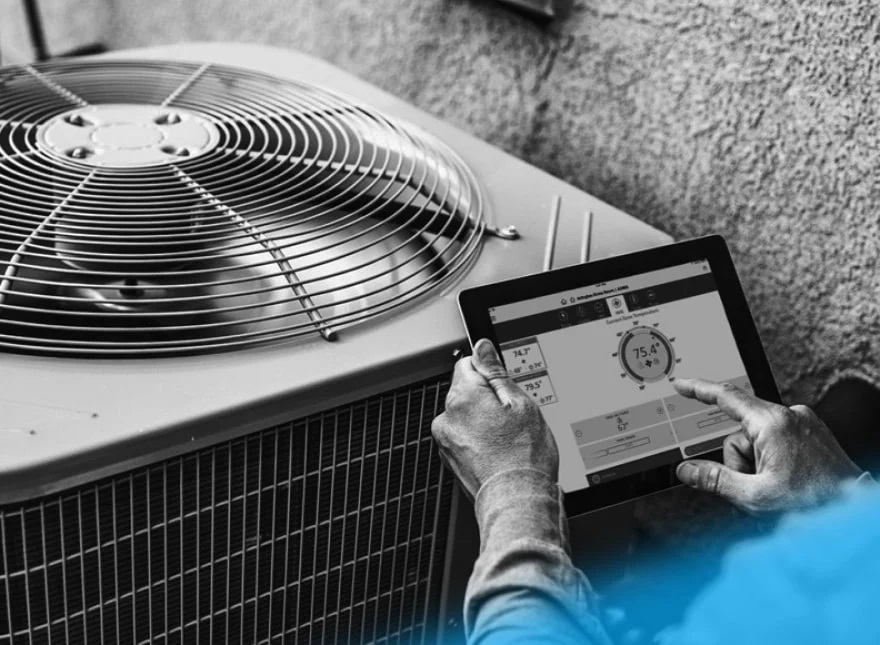
In the realm of heating, ventilation, and air conditioning (HVAC), the efficiency and control of airflow are paramount. Non-spring return damper actuators play a critical role in maintaining consistent airflow and temperature control within these systems. This article delves into the applications and benefits of non-spring return damper actuators, highlighting how they contribute to optimizing HVAC operations.
What are Non-Spring Return Damper Actuators?
Non-spring return damper actuators operate dampers in HVAC systems without the use of a spring mechanism to return the damper to its original position. Instead, these actuators rely on motor power to drive the damper in both directions, which offers distinct advantages in control and energy efficiency.
Key Features
- Motorized Control: Provides precise control over damper positioning with motor-driven operations, allowing for fine adjustments to airflow.
- Reliability: Without the mechanical complexity of springs, non-spring return actuators often have fewer mechanical failures and require less maintenance.
- Energy Efficiency: These actuators can remain in any position between fully open and fully closed without consuming additional energy, unlike spring return models which need to hold tension against a spring.
Applications in HVAC Systems
The precise control offered by non-spring return damper actuators makes them suitable for a variety of applications within HVAC systems.
- Variable Air Volume Systems: In systems that vary the airflow based on cooling or heating demand, these actuators adjust the damper positions to regulate the volume of air distributed.
- Air Handling Units: They help in managing the air supply precisely, ensuring optimal indoor air quality and comfort levels.
- Zoning Systems: Used in buildings with multiple zones that require independent temperature control, enhancing comfort and efficiency.
For specific product details, such as those for the Belimo AMB24-3, one can visit Belimo Amb24-3.
Benefits of Non-Spring Return Actuators
Adopting non-spring return actuators in HVAC systems offers several advantages that contribute to enhanced system performance and user experience.
- Enhanced Energy Conservation: By eliminating the need to counteract spring force, these actuators reduce the energy expenditure associated with damper operation.
- Improved Longevity and Durability: The absence of the spring mechanism reduces wear and tear, extending the lifespan of the actuators.
- Increased Flexibility: They allow for more complex control strategies that can adapt to varying environmental conditions and usage patterns.
Installation and Integration
Correct installation and integration into existing HVAC systems are crucial for maximizing the benefits of non-spring return damper actuators.
- Compatibility Check: Ensure that the actuator is compatible with the damper size and type, as well as the control system in use.
- Professional Installation: It is advisable to have these actuators installed by professionals to avoid common pitfalls that could affect performance and efficiency.
- System Calibration: After installation, proper calibration is necessary to ensure the actuators perform optimally within the system’s operational parameters.
For a comprehensive selection of HVAC components, including various damper actuators, Blackhawk supply offers a wide range of high-quality products that cater to different needs and specifications.
Non-spring return damper actuators are an essential component for modern HVAC systems, providing superior airflow control, reduced energy consumption, and increased system reliability. Their role in improving the environmental comfort of residential and commercial buildings while enhancing system efficiency cannot be overstated. As HVAC systems evolve, the integration of advanced technologies like non-spring return actuators will continue to play a critical role in achieving optimal performance and sustainability in building management practices.



